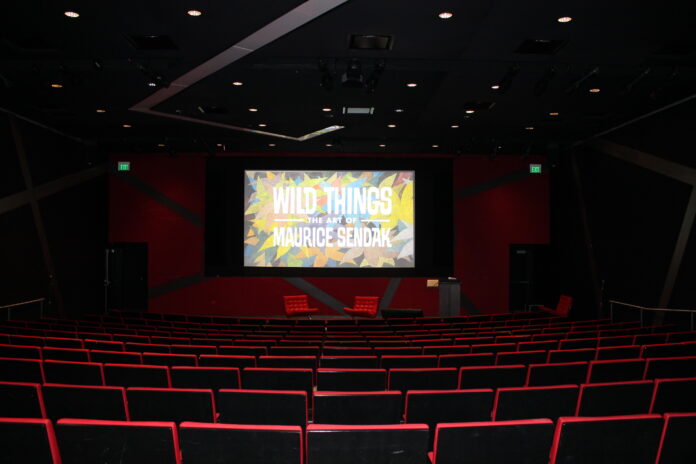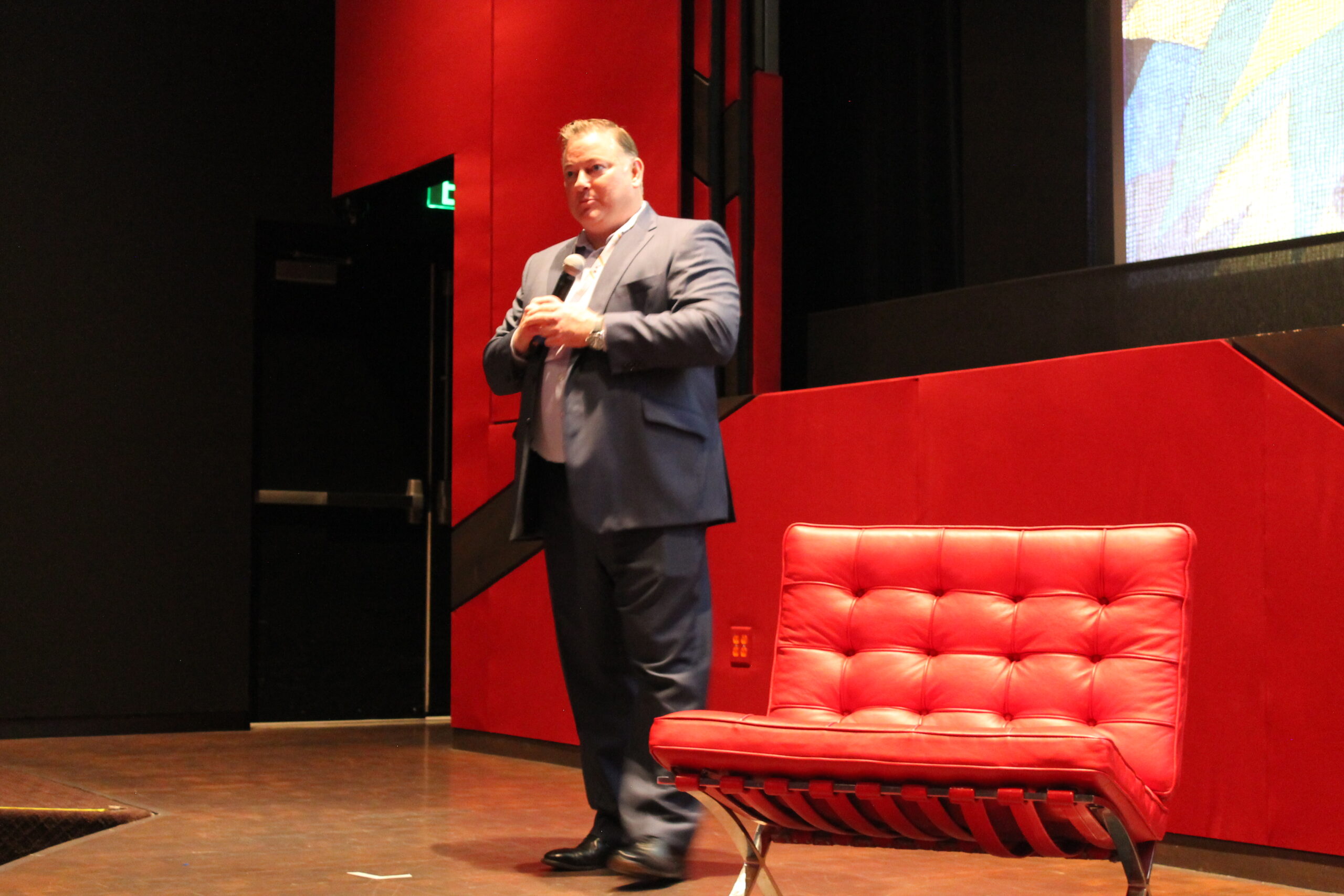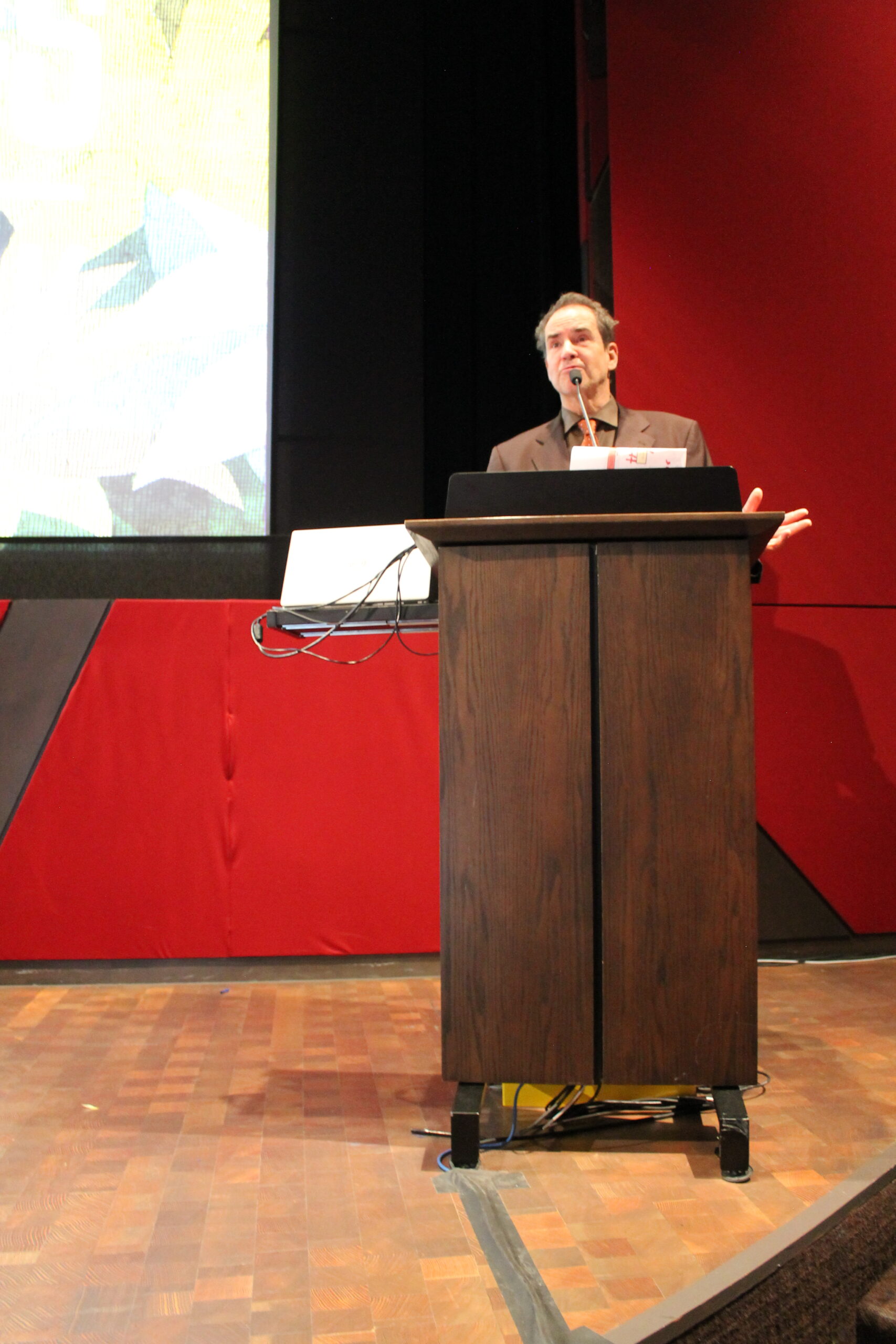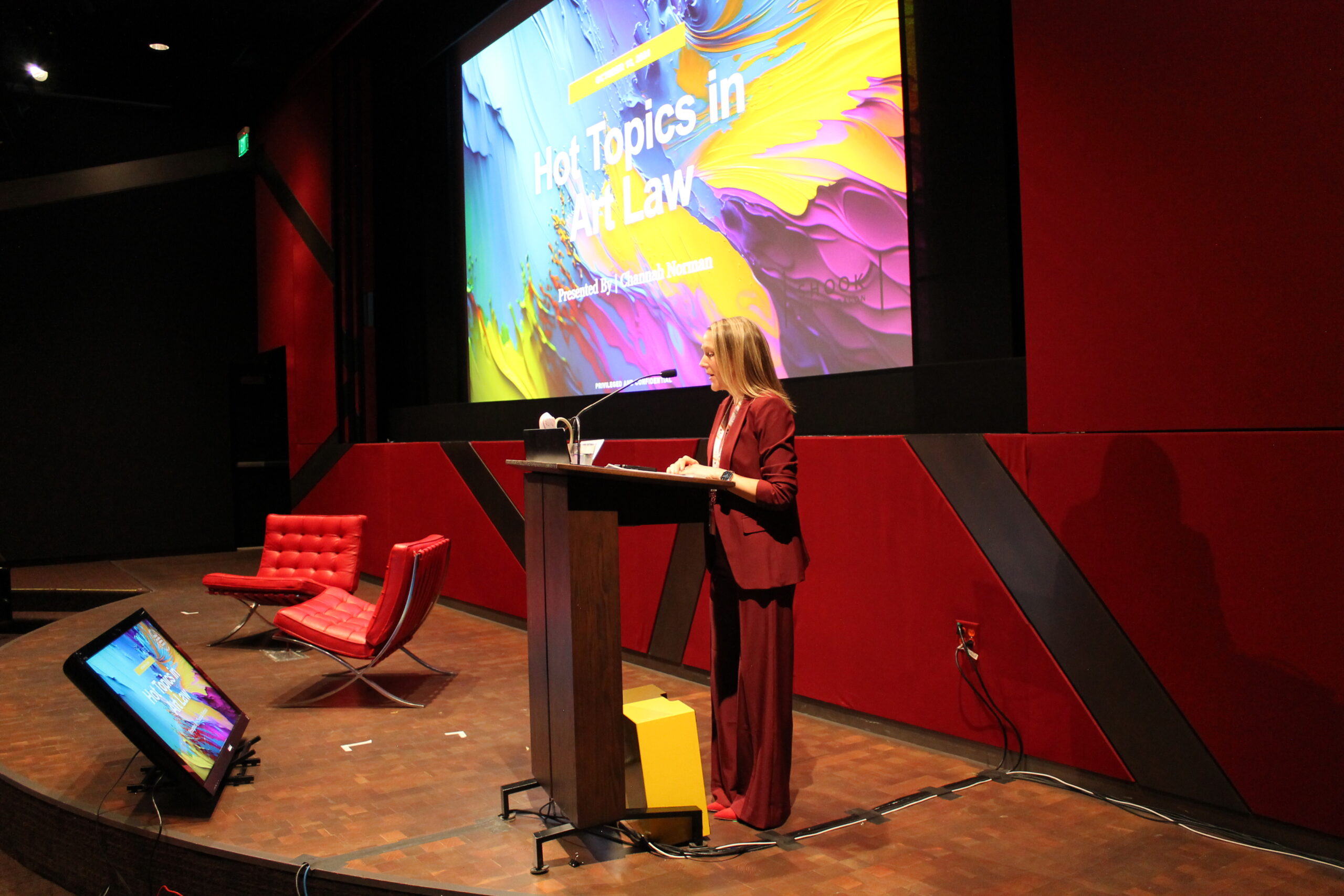
On Oct. 16, the Association of Corporate Counsel Colorado and Shook, Hardy & Bacon hosted a CLE event at the Denver Art Museum focused on the ins and outs of art law for corporate counsel.
The DAM is currently showing an exhibit featuring the art of Maurice Sendak, a prolific illustrator, animator and artist who may be best known for illustrating and writing “Where the Wild Things Are.”

The CLE last week was prefaced by Christoph Heinrich, Frederick and Jan Mayer Director of DAM, who curated the exhibit featuring Sendak’s work titled “Wild Things.” Shook’s Denver office co-chair Paul Williams introduced Heinrich and event speaker Channah Norman.

Norman is senior counsel in the firm’s Washington, D.C. office and co-chairs the firm’s new art law practice. Other practice co-chairs are Alicia Donahue in San Francisco and Tristan Duncan in Kansas City, Missouri. Norman joined Shook in July from the U.S. Army Center of Military History, where she served as chief counsel.

The CLE opened with a crash course on art law as a legal practice. At a time when AI is muddying the waters in courtrooms and provenance is more than an ethical question to be answered by the collective many, art law is a large practice area encompassing other legal specialties like insurance, litigation, antitrust and copyright matters.
“Let’s begin with what might be described as the $54 million elbow, an example of how art insurance claims may result in litigation or costly settlement negotiations,” said Norman to a crowded room of in-house counsel last week.
Norman detailed the story of how art collector Steve Wynn agreed to sell his Picasso painting Le Rêve for $139 million to his friend Steve Cohen. But, just days before the sale, Wynn accidentally poked his elbow through the canvas and caused a silver dollar-sized hole. Norman explained Wynn canceled the sale, sent the Picasso to a restorer and then sued his insurer Lloyd’s of London in Manhattan federal court for $54 million.
“Wynn’s complaint asserted that Lloyd’s had stalled on settling his claim within months. Wynn withdrew his complaint, and the court document dismissing the case did not specify whether the claim was settled or how much Lloyd’s might have paid Cohen for the diminution and value of his painting,” Norman said. “All seems to have ended well, though, as six years later, Steve Wynn finally sold Le Rêve to Steve Cohen for $155 million, $15 million more than the original agreed-upon price.”
Wynn’s luck with Picasso paintings didn’t last. Norman explained that “Wynn recently had to withdraw a different Picasso painting from a sale at Christie’s after a contractor hired to paint the auction gallery space accidentally knocked over a paint roller, tearing a gash through the painting.”
Norman said insurance contracts are just one of the things that may give rise to litigation.
“Last year, the Kunsten Museum in Denmark sued the artist it commissioned to produce a painting for an exhibition on labor conditions titled ‘Work it Out,’” She said. “Instead of producing the two paintings agreed upon, the artist submitted two empty canvases titled ‘Take the Money and Run.’ The artist maintained that the artwork he submitted was intended as a comment on labor conditions, and the museum did end up displaying the two canvases, but as the two pieces were not what had been described in the commission agreement, the museum asserted breach of contract and sought to recover the fee it paid the artist for the commission.”
Norman said the court denied the museum’s claim because it mounted the two empty canvases for the show. “And as it happens, the museum has now acquired the two pieces.”
Another complex facet of the practice that may land parties in a courtroom is the Visual Artists Rights Act, which allows an artist to disclaim authorship of a work if it’s been damaged or modified in a way that could harm the artist’s reputation.
To explain the impact of VARA on the art law practice, Norman gave the example of Cady Nolan’s “Cowboys Milking,” which the artist asserted was changed or damaged during the conservation process prior to auction.
“The case was closely watched within the art community because it addressed the standards used to interpret VARA,” Norman explained. “As the gallery’s attorney put it, ‘Permitting artists to determine those standards, such as how much damage constitutes material damage, or how much is just wear and tear, is like putting the fox in charge of the hen house.’”
Both the lower courts and state Supreme Court in New York declined to weigh in on the VARA aspect of the case directly. “Instead, the New York Supreme Court simply found that, in light of the artist’s disavowal, Sotheby’s did not reach the contract with the gallery by withdrawing the work from auction,” Norman said.
In a final case example demonstrating what issues in the art world could lead to litigation, Norman detailed the Knoedler gallery forgeries done by an unknown artist in a garage in Queens, New York, that allowed the gallery to reap tens of millions in profit. Norman said that perhaps what was most disturbing in the case was how many qualified professionals were fooled by the forgeries. Ten separate lawsuits were filed over these forgeries.
“As all 10 lawsuits eventually settled, a key question left unanswered is to what extent buyers can rely on the information and assurances a gallery presents about an artwork and whether they are responsible for doing their own due diligence,” said Norman.
For corporate counsel specifically, Norman said things to watch out for could include anything that may lead to litigation, but of particular interest are VARA, the Digital Millennium Copyright Act, the Copyright Act and fair use and the growing confusion over art that’s created or modified using artificial intelligence platforms.
Norman also covered important art law topics like statutory protections against smuggled artifacts, repatriation, sales and commission agreements and new or upcoming legislation.

